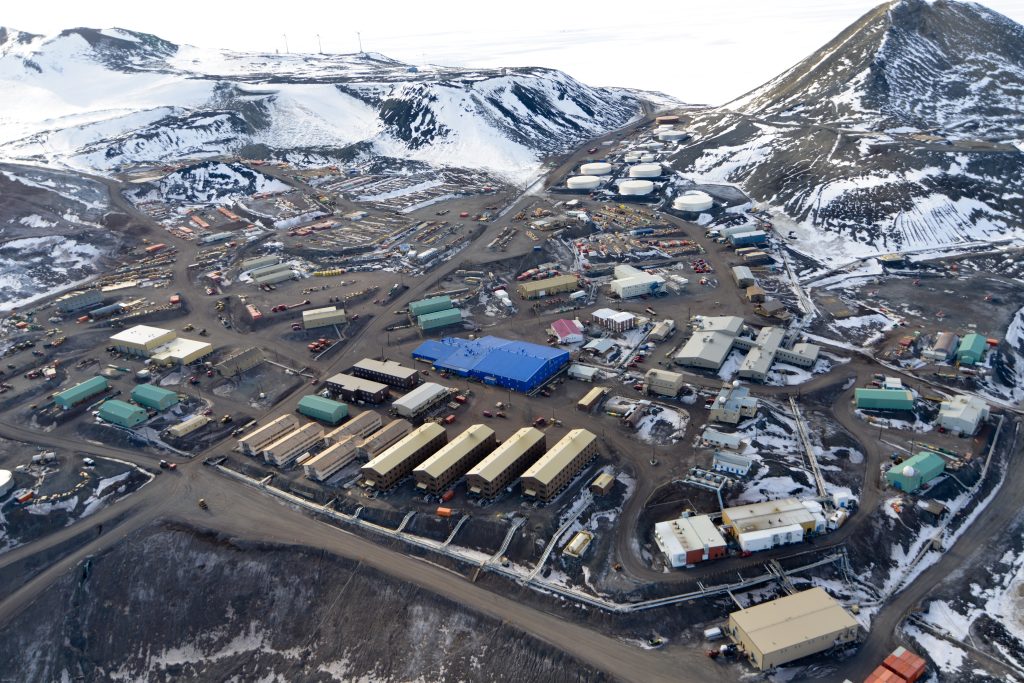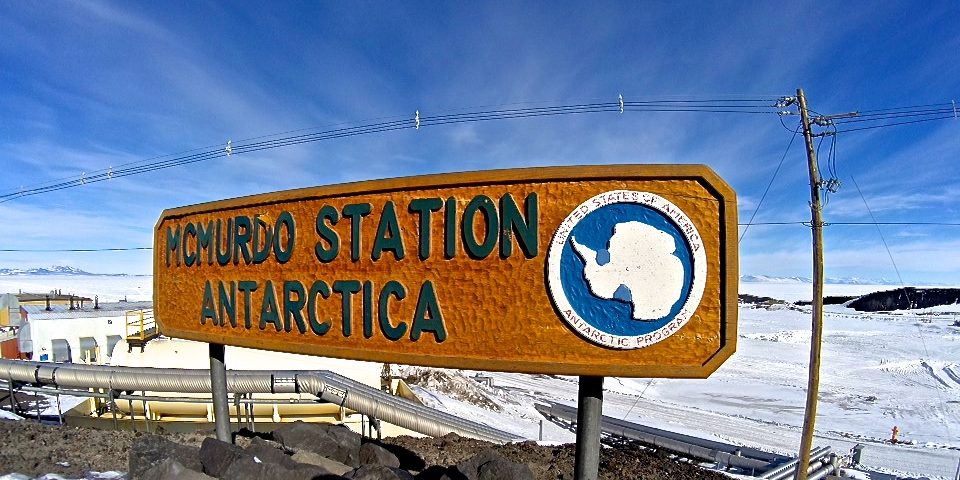Nestled on the volcanic, ice-free Ross Island, McMurdo Station stands as the largest research facility in Antarctica and a vital outpost for scientific exploration on the southernmost continent. With a history dating back over 60 years, this iconic station has been a hub for scientists, researchers, and support personnel, facilitating groundbreaking discoveries and fostering international cooperation in one of the harshest environments on Earth.
Formation and Early Years
Established in 1955, McMurdo Station owes its origin to Operation Deep Freeze, a series of United States missions aimed at establishing a permanent American presence in Antarctica during the International Geophysical Year (IGY) from 1957 to 1958. The IGY provided a unique opportunity for scientific collaboration among countries, and the United States sought to enhance its scientific endeavors in the region.
In preparation for the IGY, the U.S. Navy’s “Task Force 43,” led by Rear Admiral George Dufek, selected McMurdo Sound on Ross Island as the site for the first permanent U.S. research station in Antarctica. The station was named after Lieutenant Archibald McMurdo, a distinguished naval hydrographer who served with the British Naval Exploring Expedition in the 1840s.
Since its inception, McMurdo Station has grown from a modest collection of huts to a fully operational, state-of-the-art research facility. Initially, the primary focus was on geological, geophysical, and meteorological studies. Over time, its capabilities expanded to encompass diverse scientific disciplines, including glaciology, biology, oceanography, and climate research.
Occupancy and International Collaboration
McMurdo Station, located just a few miles from the infamous hut used by British explorer Robert Falcon Scott during his ill-fated Terra Nova Expedition (1910-1913), has hosted an international contingent of researchers and support staff from various countries.
As part of the Antarctic Treaty System, which came into effect in 1961, Antarctica was designated as a scientific preserve, and military activity was prohibited. The treaty promoted peaceful cooperation and the sharing of scientific data among signatory nations. Consequently, McMurdo Station has become a symbol of international cooperation, hosting scientists and personnel from numerous countries, including New Zealand, which manages Scott Base (New Zealand’s Antarctic research facility) located nearby.
Facilities and Infrastructure
McMurdo Station has evolved into a bustling, self-sustaining community during the Antarctic summer months when the population swells to around 1,000 people. However, during the winter, only a skeleton crew remains, braving the extreme cold and isolation.
The station features various facilities, including laboratories, accommodations, a power plant, an airfield, and an extensive network of roads and runways. Additionally, it serves as a critical logistical hub for transporting personnel and supplies to other research stations and field camps across Antarctica.
Scientific Achievements and Ongoing Research
Over the years, McMurdo Station has been the focal point of numerous groundbreaking scientific studies, contributing significantly to our understanding of Antarctica’s unique ecosystem, geology, climate patterns, and space research. Research conducted at the station has led to important discoveries in fields such as ice core analysis, the study of penguin populations, and the monitoring of ozone depletion in the region.
In recent years, the station has also been involved in studying the impact of climate change on the Antarctic continent and its potential global implications. As the effects of climate change become more pronounced, McMurdo Station’s research remains critical in monitoring these changes and their consequences.
McMurdo Station, a testament to human ingenuity and determination, has played a pivotal role in Antarctica’s scientific exploration for over six decades. From its humble beginnings during the International Geophysical Year to its current status as a prominent research facility, the station continues to be a beacon of international cooperation and a symbol of humanity’s thirst for knowledge.
As scientists and researchers at McMurdo Station brave the continent’s harsh conditions to study its mysteries, their discoveries not only advance our understanding of Antarctica but also hold profound implications for comprehending global environmental changes and the preservation of Earth’s fragile ecosystems. As we move forward, McMurdo Station stands as a testament to the enduring spirit of scientific inquiry and the collaborative effort needed to explore and protect the frozen frontier of Antarctica.







